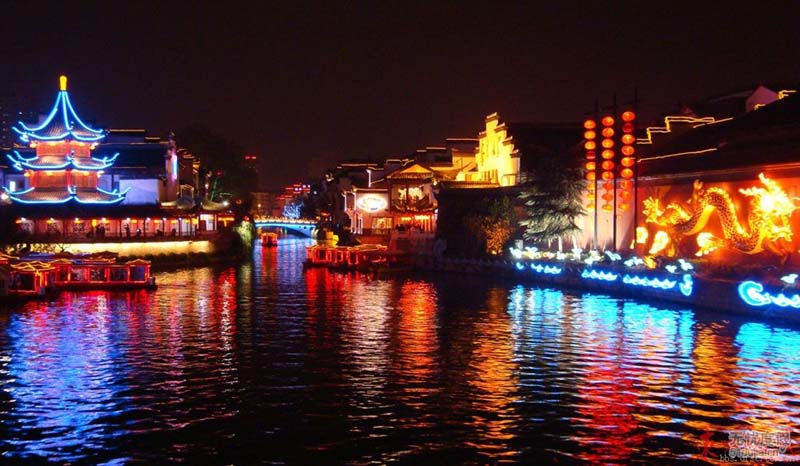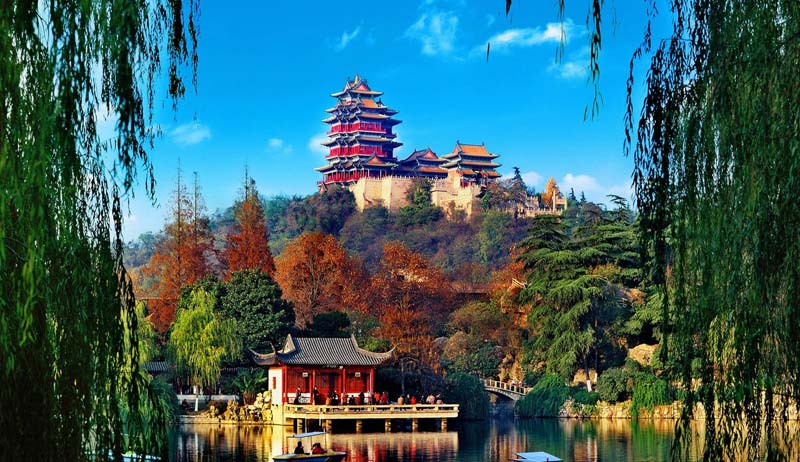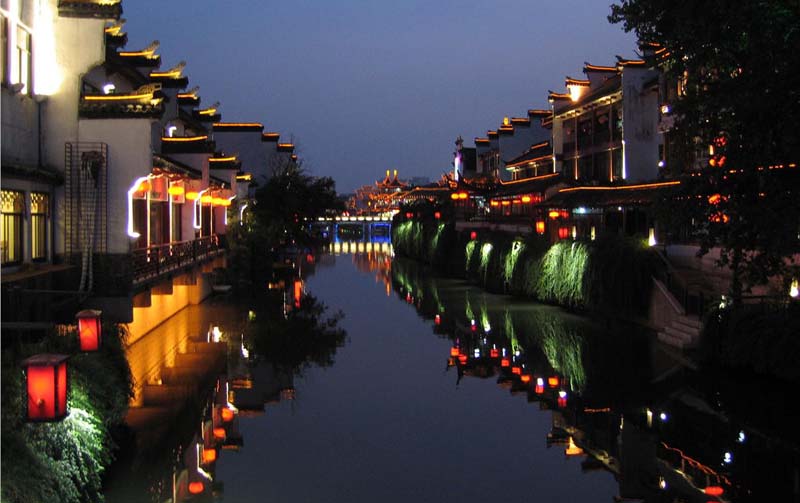- Nanjing
- 2021-03-15
-
An important central city in eastern China, Nanjing is the capital of Jiangsu Province. The central districts of Nanjing are situated on the southeastern bank of the Yangtze River, 260 kilometers west of Shanghai. Nanjing City has a total area of 6,598 square kilometers, with a population of about five million.

The city proper comprises the area encircled by an imposing wall constructed during the Ming dynasty (1368–1644) along with adjacent districts and nearby suburbs. The larger municipality of Nanjing includes territory extending to the border of Anhui province on the north, west, and south and to the borders of Yangzhou, Zhenjiang, and Changzhou cities on the east.
Historically, it served seven times as the capital of regional empires: twice as the seat of revolutionary government, once as the site of a puppet regime in Sino-Japanese War, and twice as the capital of a united China. Importantly, Nanjing’s predominance as a cultural center is reflected in its many surviving monuments and buildings of historical significance, which welcome tourists.

The name Nanjing, which means “Southern Capital”, was instituted during the Ming dynasty (1368-1644). In 1356, Zhu Yuanzhang, the first Emperor of the Ming Dynasty, conquered the city, originally naming it Ying Tian Fu. Later, after Zhu established the Ming Dynasty in 1368, he renamed Yingtian Fu the new name of Nanjing. Ten years later, the emperor designated Nanjing the capital of the country.

In terms of climate, Nanjing has a humid subtropical climate and is strongly influenced by East Asian monsoons. The four seasons are distinct here, with damp conditions seen throughout the year, very hot and muggy summers, cold and damp winters, and in between, spring and autumn balance out the calendar. Along with Wuhan and Chongqing, Nanjing is traditionally referred to as one of the "Three Furnace-like Cities" along the Yangtze River for extreme summertime temperatures. What’s more, the time from mid-June to the end of July is wet season, during which the city experiences a period of mild rain as well as dampness.
The most famous attractions in Nanjing include Qinhuai River, Sun Yat-sen Mausoleum, Nanjing Yangtze River Bridge, Confucian Temple, Yuejiang Tower, and Ming Xiaoling Mausoleum.
How to get there
Between Hangzhou and Nanjing, two central cities of east China and provincial capitals, the means of intercity transportation are diverse and convenient. The trains, especially the high-speed trains, and the buses are the main options. Other choices include more private options such as taxis or chartered vehicles.